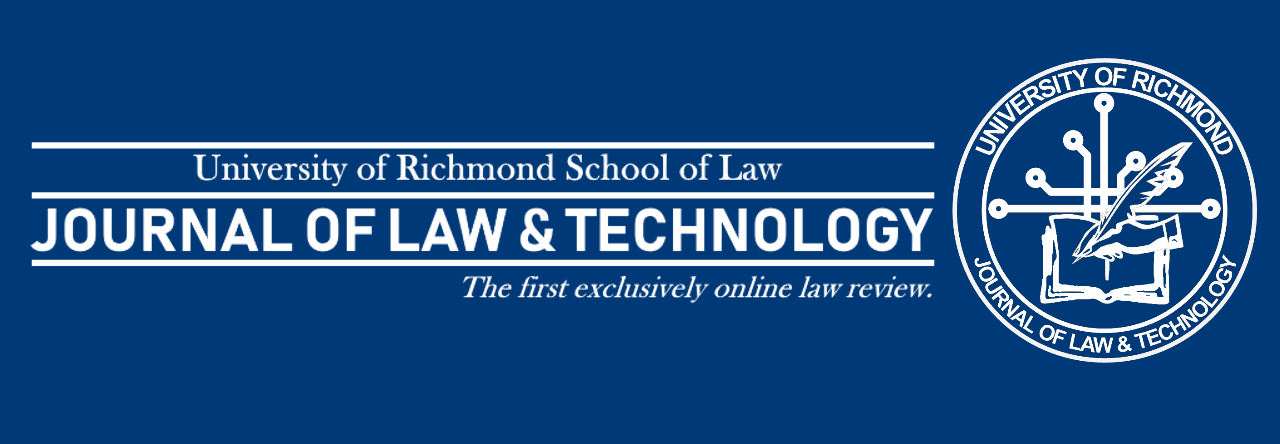by Walton Milam, Associate Staff
Though the Superbowl typically provides the best television advertisement of the year, the 2014 political races and particularly the Virginia gubernatorial election are giving the NFL championship a run for its money. From Voldemort like voice overs to overly done images of the candidates sharing their vast knowledge of Virginia agriculture and manufacturing techniques, these candidates make it clear that they are the key to a more prosperous Virginia and that their opponent is downright evil. Terry McAuliffe and Ken Cuccinelli have managed to spend what are likely millions in television marketing without making a single argument, instead relying on a litany of inductive fallacies that leave me laughing every time.[1] [2]
Sadly, these commercials must be indicative of what political entities believe will sway voters. Given the immense money spent by political groups across the nation to determine what campaigning tactics yields results, I think politicians vying for 2014 positions are likely catering to the demands of voters who are affected more by emotionally charged ad hominems than a candidate who ventures to make an argument. The televised town halls meetings associated with Obamacare left me with impression that American political discourse is devolving to the “rabble- rabble” type meetings that occur on Southpark rather than a market of competing ideas that supposedly lead to a more fruitful society.
Unfortunately both voters and politicians face incentives that give little reason to think the nature of political campaigns will change. Voters face the prospect of choosing a “superior” candidate or facing the stigma of foregoing their civic duty to participate in elections. This dilemma will likely force voters to give into the lesser of two evils and vote in November. Hopeful politicians must get elected to have any impact and are willing to do what is necessary to achieve their end goal, including waging political warfare that does not actually get to any meaningful issue.
The perplexing issue facing voters is how to change demands so that politicians vying for office will be forced to switch campaigning tactics so that there is meaningful argument that involves improved government rather than alleged personal issues facing their political opponents. Perhaps the best approach is the one put forth by PJ O’Rourke, to abstain from voting as it only encourages the political machine that their campaigning tactics and efforts are worthwhile.[3]
As mentioned supra, the prospect of abstaining from elections altogether is viewed with disdain as many consider election participation a fundamental element of American democracy. O’Rourke’s idea then, though well-taken, will not sit well with a majority of voters and thus will not likely be a mechanism through which the nature of political campaigning shifts.
Long terms solutions might come through an improved education system through which both voters and potential elected officials come to understand the importance of using argument rather than fallacy. This solution will have little impact in the short run and seems even more bleak as education policy stems from the same elected officials waging campaigns today.
Though a solution seems distant, I think it is important to understand that the lack of inductive argument is a major issue in political races and all facets of society. While I am entirely confident that this blog post will have a statistically insignificant impact on the 2014 Virginia Governor’s election and the commercials associated with it, I think informal discussion of argument and fallacy can only be helpful.[4]
At least the Virginia race is sure to provide us with more entertainment. I can’t wait for the debates.
